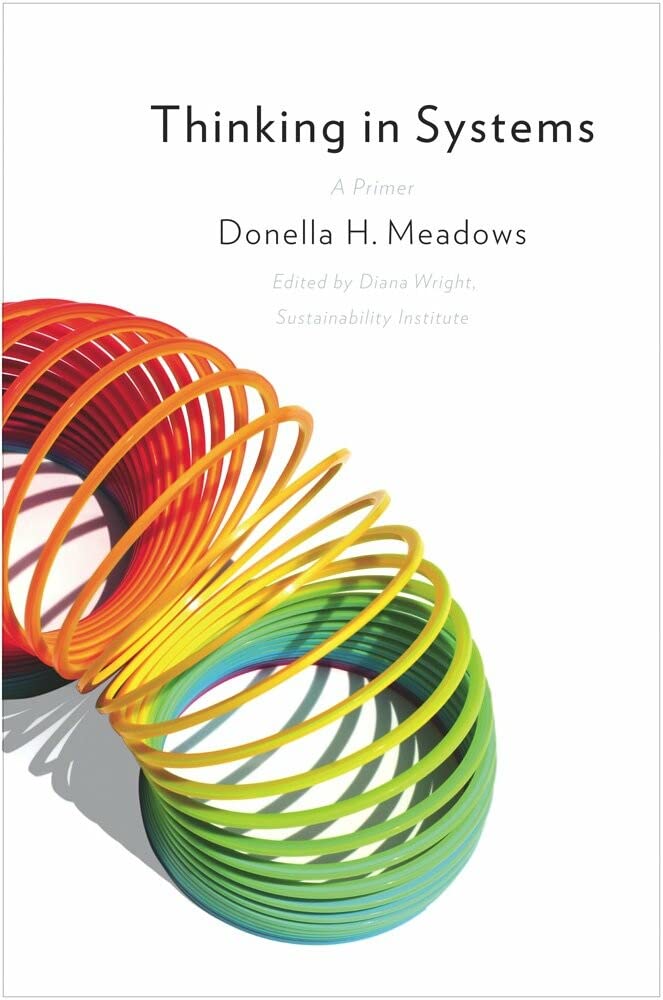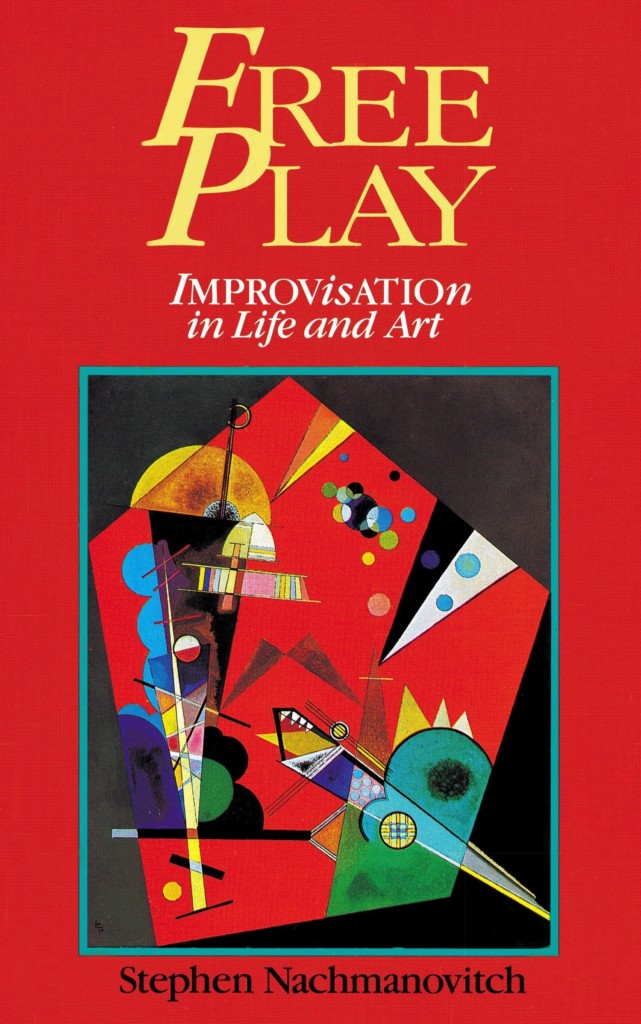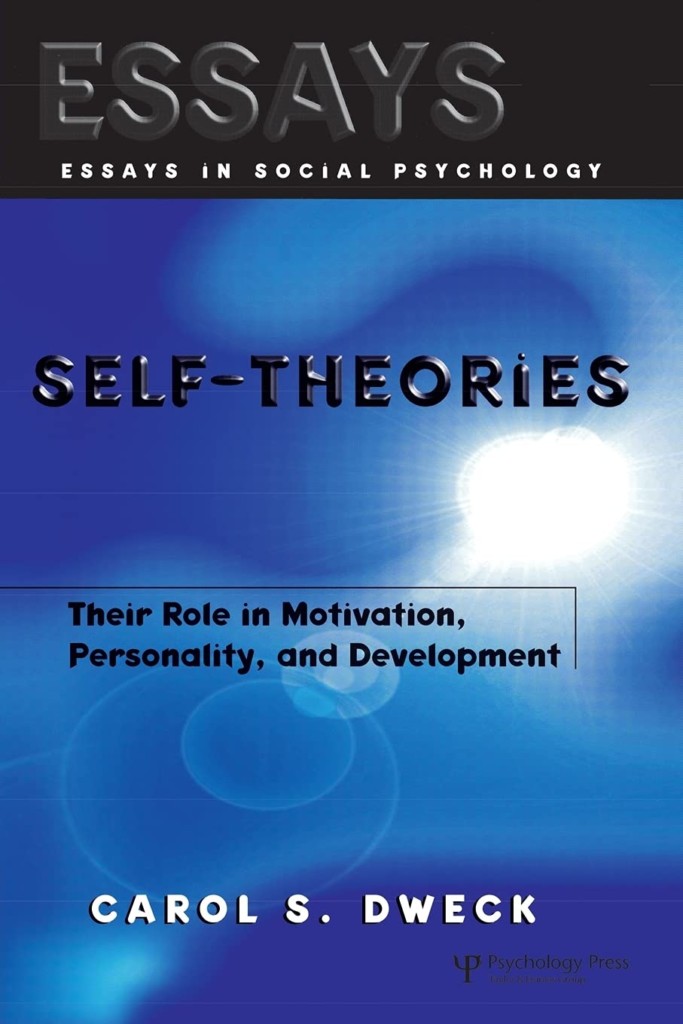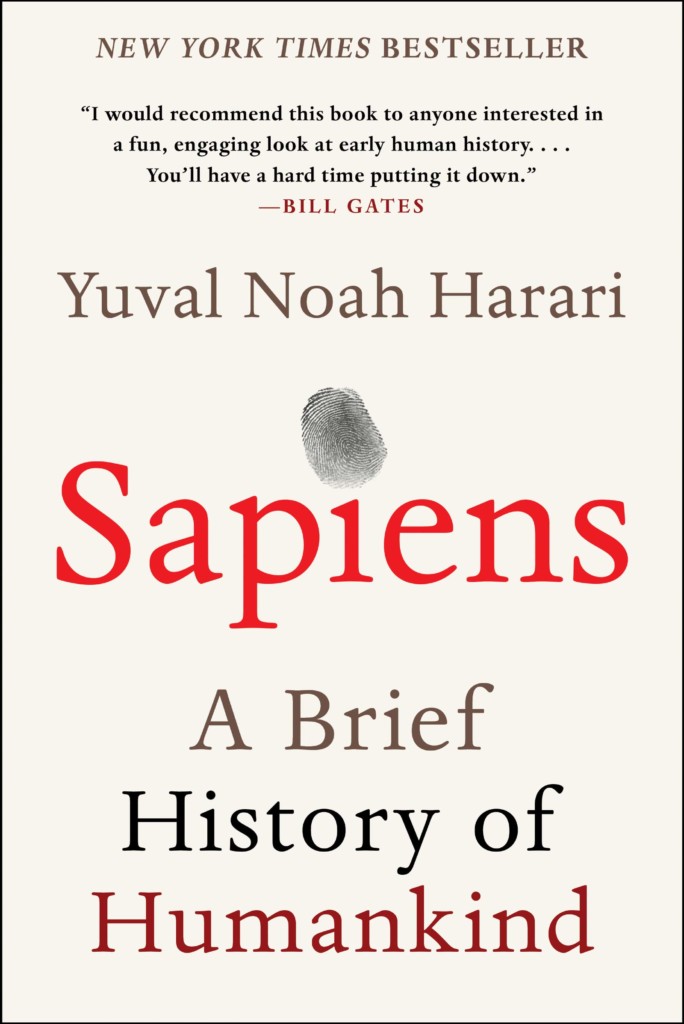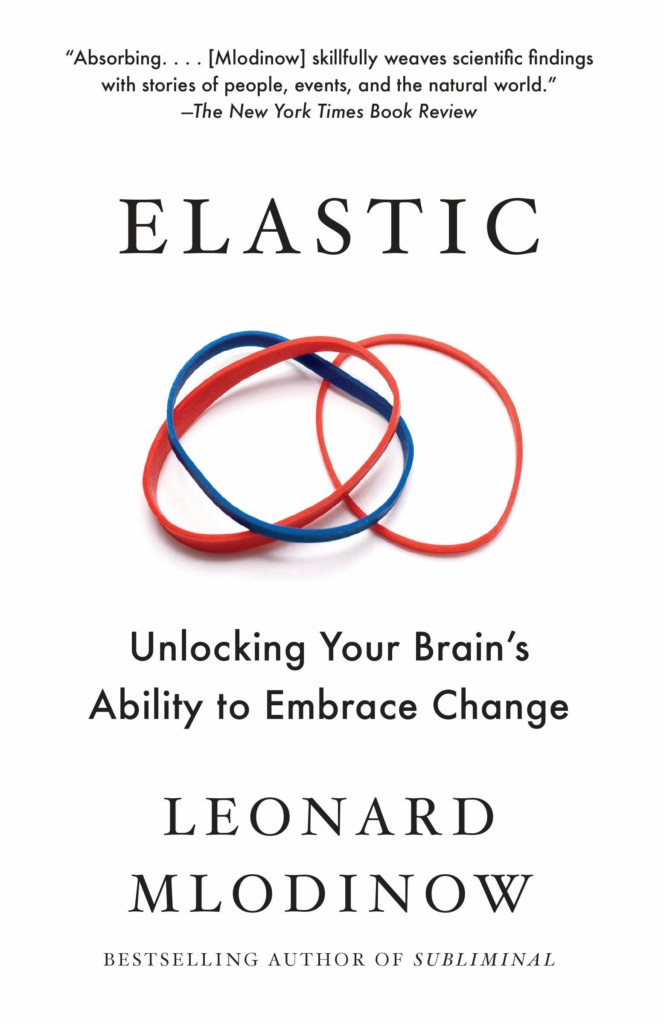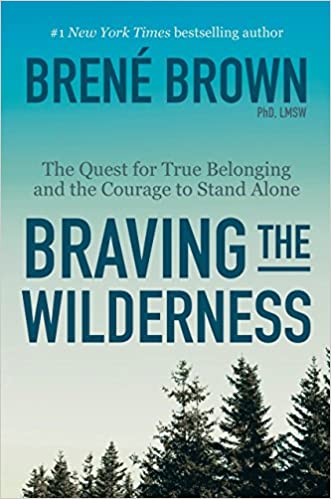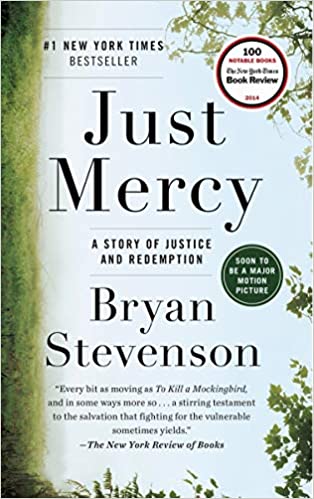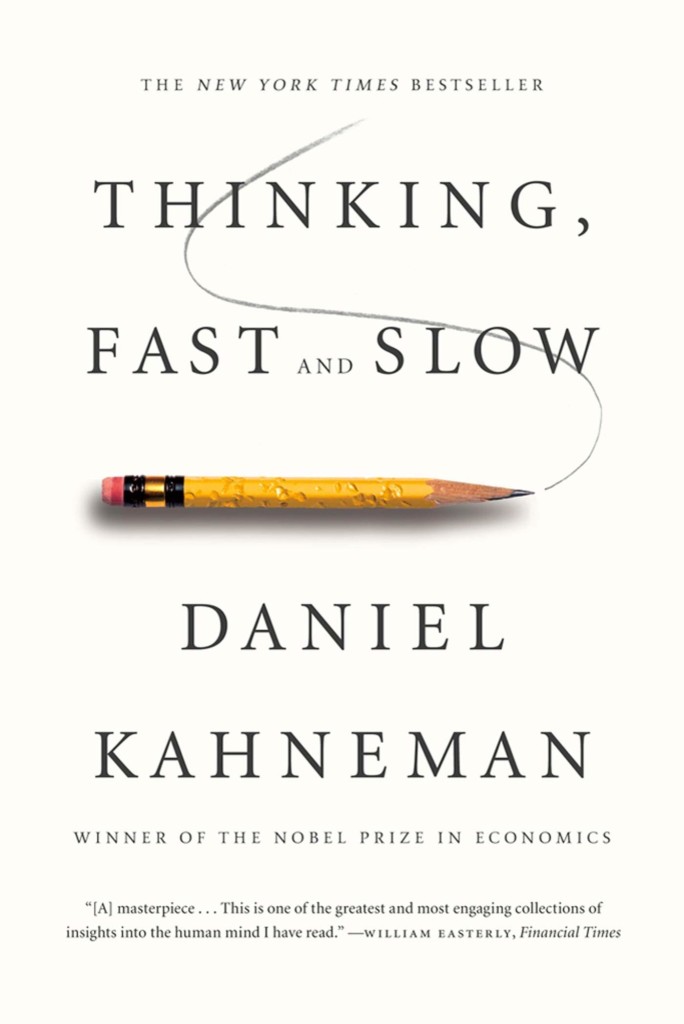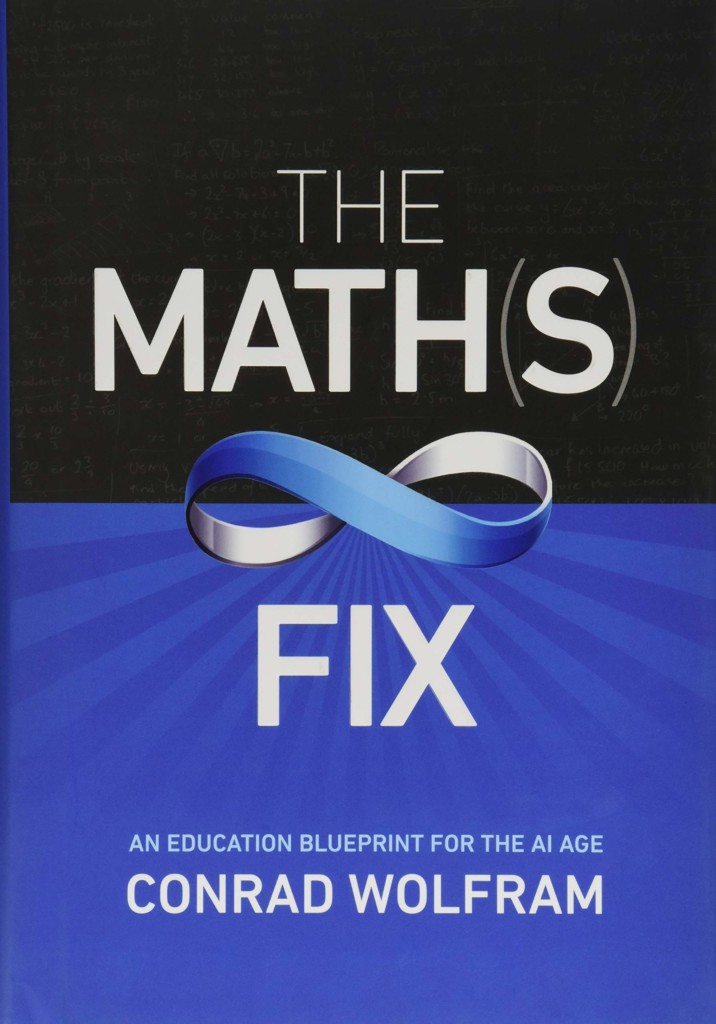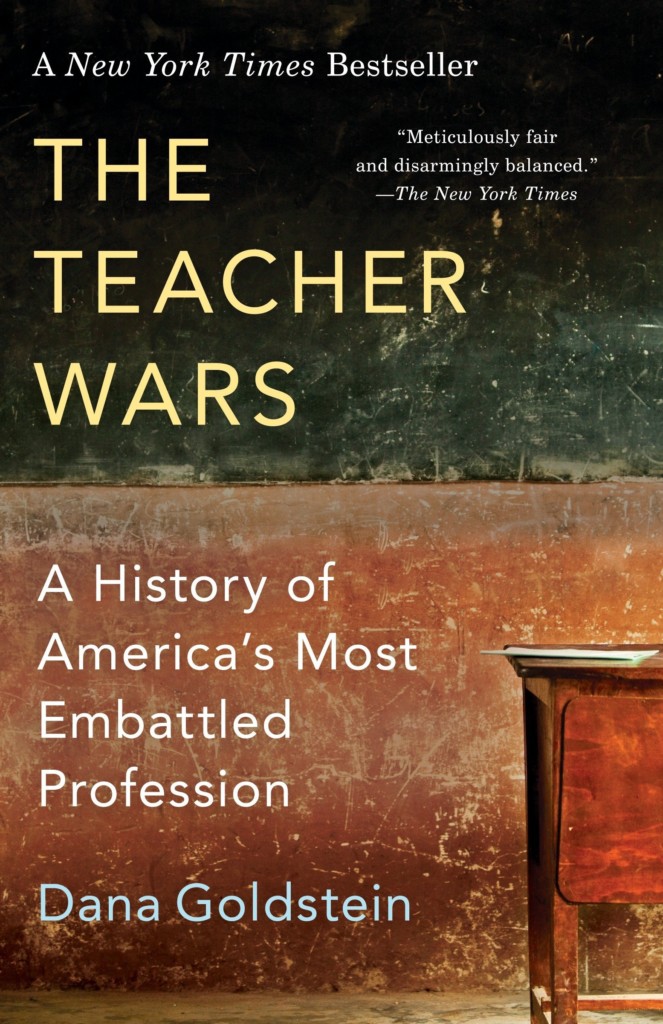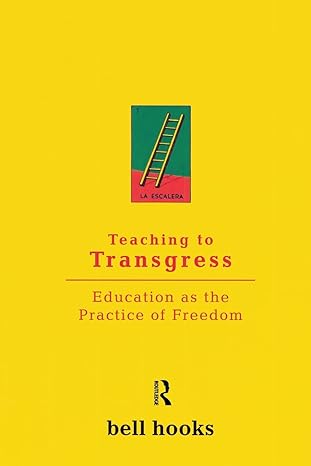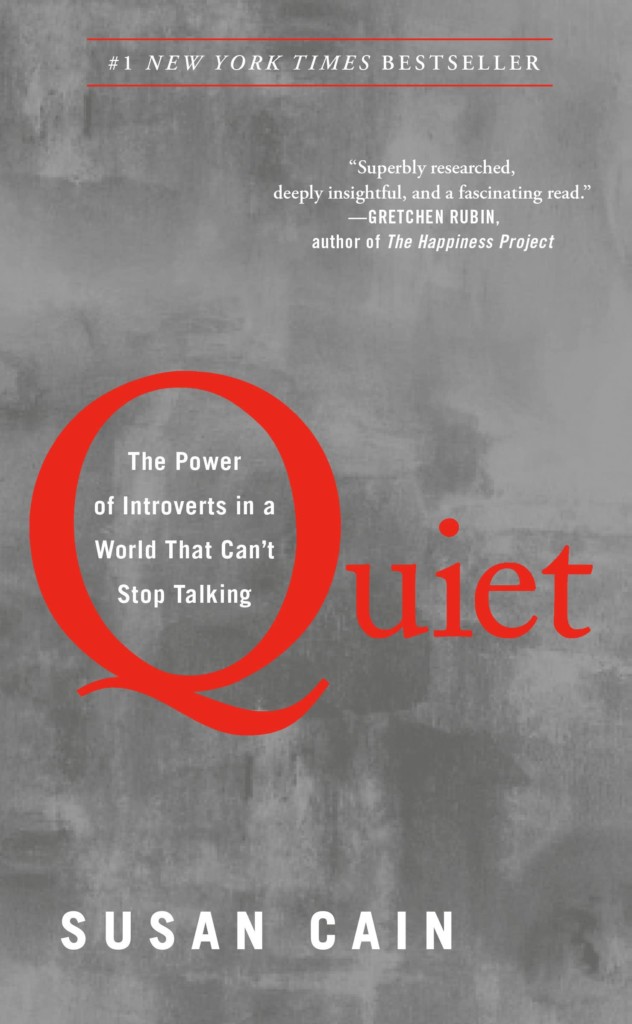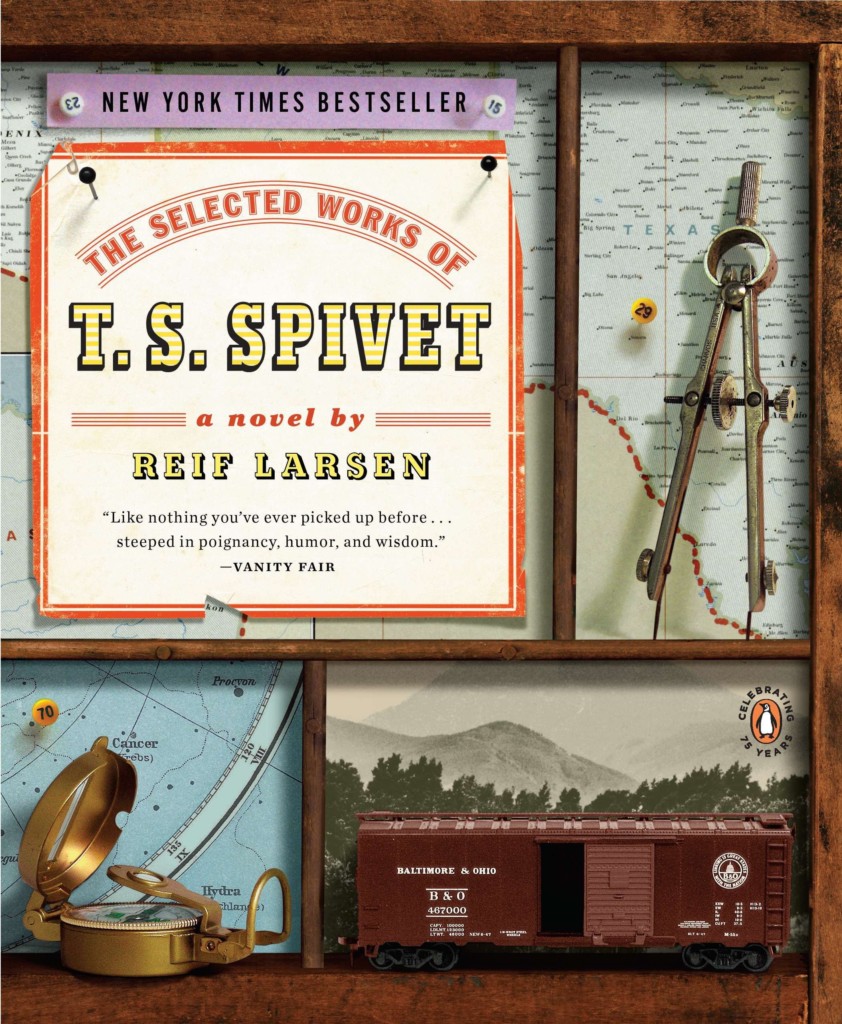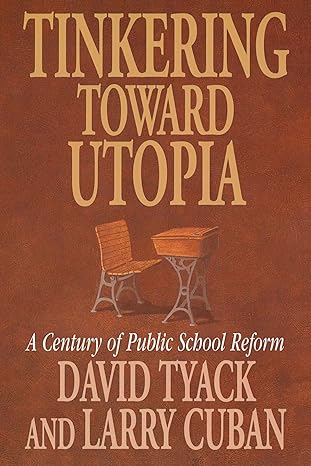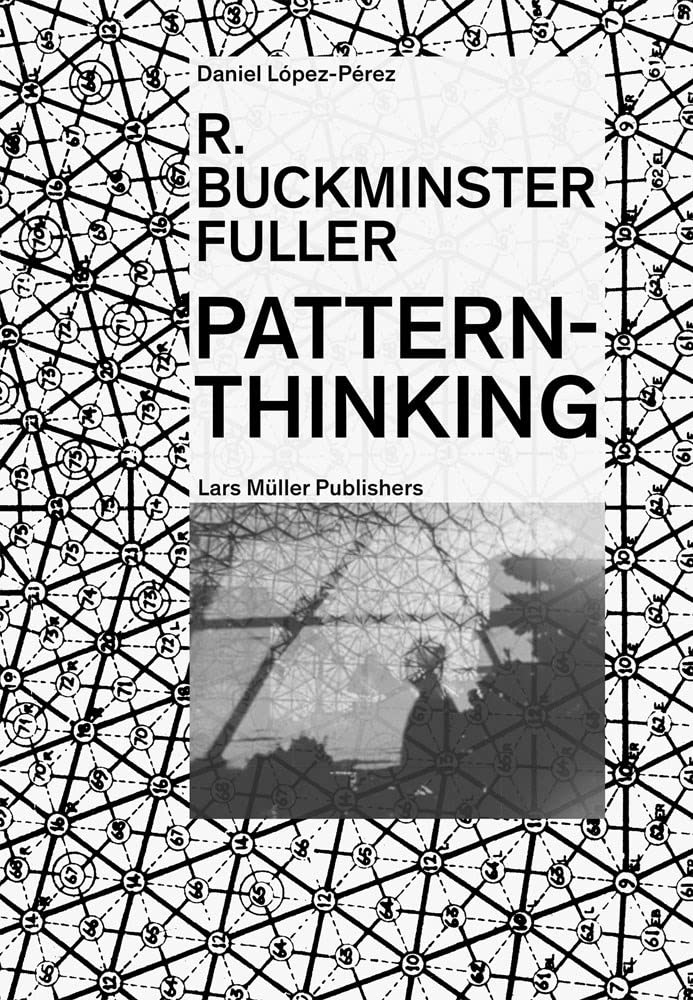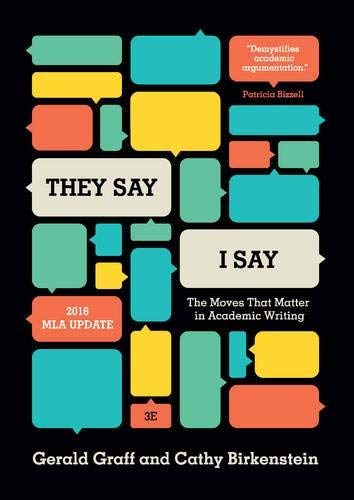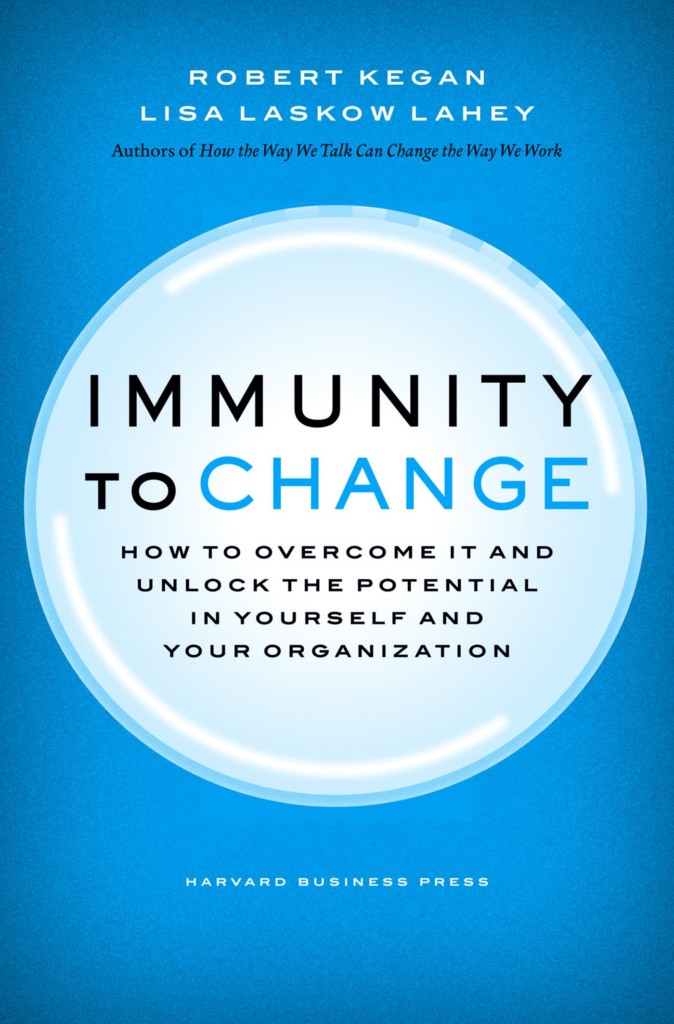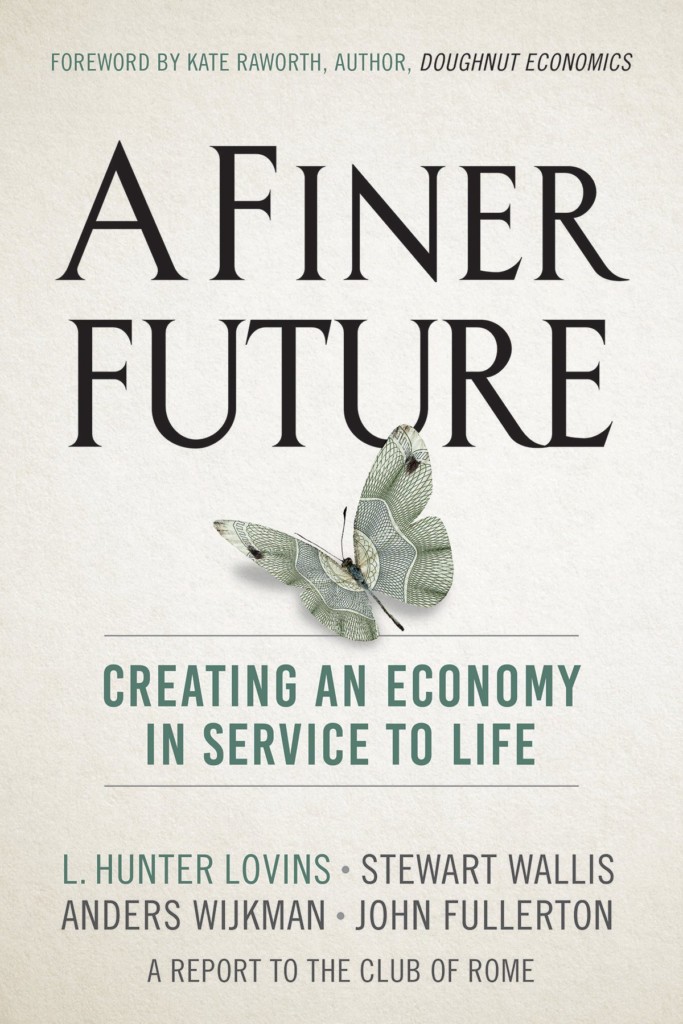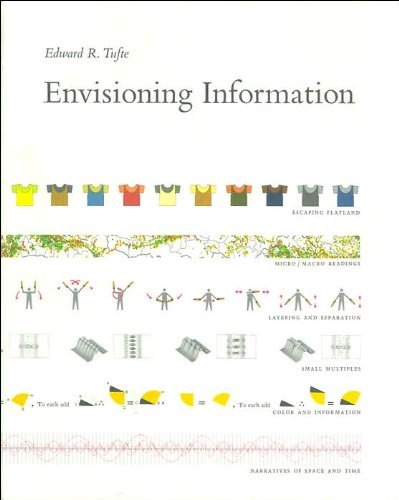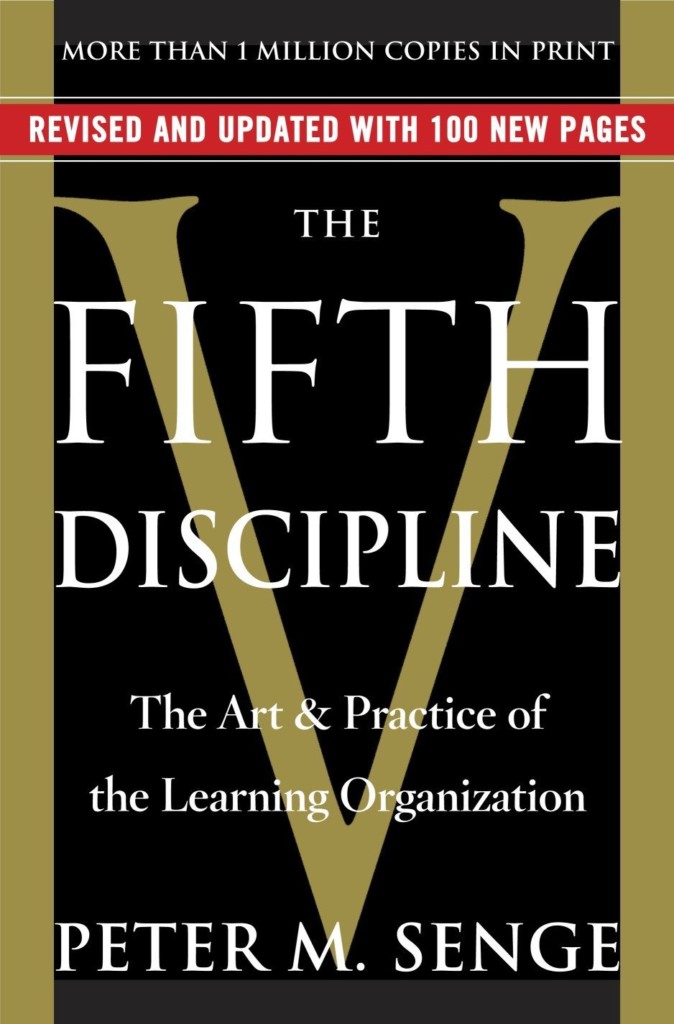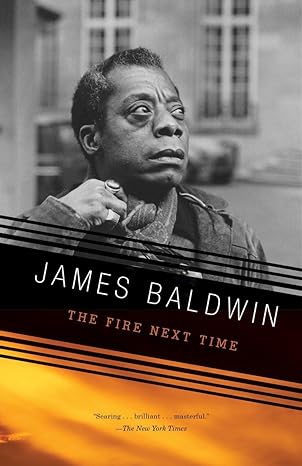Designing Open Learning Architecture

Engineering 21st Century Learning Systems
The science is clear: secondary academic systems must be re-engineered in order to meet the needs of a rapidly changing world, of diverse learners, and of a dynamic teaching landscape. EduChange took a systems approach to this task, and after two decades of R&D, in-school implementation, and over 115 iterative design cycles informed by ongoing data collection, we’re ready to equip more schools and learning settings with a ‘system of systems’ that creates virtuous cycles. In this first blog post, President & Founder Catherine Saldutti reflects on her personal evolution with systems thinking, foreshadowing future posts about the principles and drivers of our work.
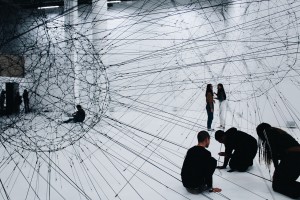
Content Integration & Learning
Society’s most pressing challenges are multi-faceted–they’re integrated. And a solid foundation in STEM will support young people as they negotiate these dynamic, complex challenges. We need to break down silos in upper secondary and early-university courses to better reflect the realities of 21st-century citizenship, professional STEM, and the human condition. And this hyper-connectivity is exactly what teen brains need to thrive.

Changing Our Relationship With Content
Secondary schools have a unique relationship with content coverage, in part due to policies, standards, and exam requirements. Has it ever bothered you that not one cadre of standards writers ever determined whether all that content could reasonably fit into the regular school day and year? It bothered us. So we systematically figured out exactly how much content can be covered in the average Grades 8-12 classroom if desirable instructional practices (e.g. PBL, inquiry-based learning, etc.) were employed (all the way down to 20-minute increments, which is why we can customize pacing guides for every school schedule). Read on to gain our insights into content-per-unit-time as well as why we need to change our relationship with content altogether.

Heed the Science, Break the Vicious Cycles
Why do high schools need to re-engineer assessment practices? For one, they are inherently inequitable. And then there’s this problem with contradicting the neuroscience of teen brains. Oh and they put teachers in a terrible position at a time when relationships with students need to be strengthened, not weakened. And for all you folks who keep chanting, “But the tests! The tests!” we have some news. Our current practices are not making students college & career ready, and test scores are not improving at the high school level. So sit back, take a deep breath, and let’s get to the bottom of this…

Designing a Functional Assessment System
Current assessment practices send terrible messages to students, and nothing teachers say or do can change that fact. Systems behave in a way that communicates their values. To design a functional, equitable, logistically reasonable assessment system, we endeavored to align the messages with our values. The mechanisms of the system–the rules, structures, processes and feedback loops–deliver those messages. It is only through the lived experiences of teachers and students that we know whether the messages got through. This post describes both the messages and the accompanying mechanisms responsible for delivering the values we want to uphold. If you’ve never before thought about assessment in these ways, welcome to the conversation….The lovely artwork above is by artist Naomi Gatt of Malta.

Making Competency-based Assessment Work: Macro-maneuvers
A robust competency-based assessment model is difficult to design, difficult to implement, and can be difficult to explain to parents and community members. As evidenced by the many conference presentations about competency-based assessment with titles that begin with “Lessons Learned,” it seems like others feel the same way. In this post I describe the macro-maneuvers we employed to ensure we could engineer a complete, multi-year model. Read on to discover why “removal” became one of our favorite activities, and weigh in whether you believe teachers are ready for a functioning system–not a supervisor–to hold them accountable.

Equitable Assessment Systems are Designed “to a T”
To design equitable assessment systems, we focused on range. By expanding the range of learners, the range of teachers and the range of classroom contexts we considered since Day 1, we ensure that diversity was supported through flexible structures. In this post, designing “to a T” refers to the meticulous, nuanced work involved. It also refers to three “T’s” — an expanded timeframe for assessment horizons, attention to task design, and the preservation of teaching time in classrooms. To care about equity is to act, and comprehensive, equitable, yet realistic designs don’t engineer themselves. Balance and symmetry also find their way into this third post about our assessment system.

Making Competency-based Assessment Work: Coherence & Rigor
Ed reform during the first two decades of 2000 made the flawed assumption that traditionally underserved students would be best served by organizations and services that delivered more efficient, better-funded implementations of the schooling model in which their leaders (usually Ivy-league graduates) succeeded. Not only was that model designed to oppress underserved students, it also perverted authentic academic rigor. This post explores the programmatic perversions of rigor that exist in secondary schools, and how EduChange ressurected rigor through coherent, multi-year assessment designs.

Practicing Biomimicry to Prepare Students for Uncertain Futures
The practice of biomimicry is described and encouraged by author Janine Benyus. She has worked with inventors, researchers, designers, companies and artists who are trying to mimic nature’s own designs. This post describes how we followed suit, using the wonders of adaptive immunity to guide the designs of our assessment system. Uncertain futures? Jobs that don’t exist? Those sound exactly like the pathogenic microbes that emerge long after we are born. How does our body deal with such novelty? The answer is as captivating as it is inspiring. Let’s bring biomimicry to the field of learning systems design! Nature is the best innovation mentor…

Keeping Educational Content Truly Open in an Information Age
Many schools are ditching textbooks and moving to OER, but are proceeding without well-structured learning designs in place. If schools do not situate these resources inside curricular systems and structures that improve instructional, assessment and accessibility practices, they will suffer the same disappointments as they did with poorly-planned and un-executed EdTech adoptions. This post describes how we ensconce our content within the Information Age, thereby forcing us to evolve and sustain resources for our schools. And if you’re thinking that free online textbooks are a panacea, well, I invite you to read on…

Making OER Sustainable: Clear Roles
Sustainability, at its core, relates to the expenditure of resources. When we think about designing learning systems and experiences, various resources are tapped: time, expertise, information and more tangible materials such as devices or laboratory equipment. Think OER is free? Think again. Resource use always comes at a cost. This post explores a three-way partnership among designers, teachers and students that creates a Sustainable OER (SOER) model. Each partner has a role, a superpower and a site of accountability. This is how real partnerships, like the ones crafted by Mother Nature, survive. Thanks to lovely artwork from Claudio Purzlbaum (above), I’m reminded how important it really is to ‘lend a hand.’

How Open Learning Architecture Sustains Learning—in Crisis or Calm
In times of crisis, we want everything to work the way it should. But if too much about learning is tethered to a specific physical setting, with particular materials, led by a particular adult (the teacher), in a particular way, it becomes nearly impossible to recreate outside of those conditions. While massive school closures took everyone by surprise, it should be possible to enact some forms and modes of learning that remain connected to the familiar instructional and assessment practices of in-person schooling. The value of our “open architecture” has never been more clear to us than in this current moment. This post explores how some major design maneuvers permit shifts of space & place, as well as calendar disruptions. Make sure to download the fabulous artwork of Tom Hanicak provided within the post.

Mirrors, Windows & Sliding Glass Doors: Access Points to Literacy in STEM Classrooms
In 1990 Dr. Rudine Sims Bishop offered the field of literacy education a metaphor describing the power of multicultural texts in classrooms. Books can act as self-affirming mirrors, where readers can see themselves in the characters or setting. They also serve as windows to familiar or strange new worlds. And if texts are transformative, they invite readers to pull open the sliding glass door and walk into the narrative to take part. A while ago, I wondered why this empowerment was missing from secondary science classrooms, particularly the higher up you go. This post discusses three access points to STEM literacy: tangible, cognitive and cultural. Without this access, instructional strategies are beside the point. This is the first post about the inner workings of our literacy system, the fourth discussed so far in this blog.

Spectrum Thinking: The Great Equalizer for Resilient Organizations
In the Autumn 2020 issue of Horizons Magazine, the publication of The Institute for Outdoor Learning, I wrote about spectrum thinking. The middle of a global pandemic is a fine time to employ spectrum thinking, as “many organizations face disruptions in service, loss of participants or visitors, and dwindling revenues….we must work to increase the resiliency of our organizations in dynamic social and economic environments. Spectrum thinking is a strategic planning process that taps the power of range and diversity on a variety of continua. Spectrum thinking allows designers and leaders to consider a range of times, places and purposes that enable us to learn more about, and better serve, our program participants.” There are opportunities amidst the setbacks, and spectrum thinking can help you if you are brave enough to reinvent your organization–and sometimes yourself–in the moment.
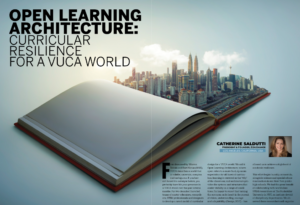
Open Learning Architecture: Curricular Resilience for a VUCA World
In the March 2021 issue of InterACT Magazine, the publication of School Rubric, I shared a summary of the learning system we pioneered using the principles of systems and design thinking. As stated in the article, “We call it Open Learning Architecture, where: open refers to a more fluid, dynamic expectation for all facets of curriculum; learning is centered as the ‘why’ of the classroom; and architecture provides the systems and structures that confer stability in a range of conditions.” The visual included for download within this post summarizes the 10 Design Shifts that Build Open Learning Architecture. Together, these shifts have supported the development of a truly equitable, rigorous and ever-evolving model of academics that is up to the task of schooling in a VUCA world.

20 Years On: Remembrance, Rebuilding, Refusal
September 11, 2001 at 8:40 am: I had just taken a batch of mailers promoting my new book to my local post office. Walking back to my apartment in downtown Manhattan, I knew something was wrong. I lived 17 blocks from the Twin Towers. Soon after, I watched the second hijacked-plane-turned-suicide bomber hit the South Tower. Those feelings, those sights, sounds and smells, those in-the-moment reactions are etched in my memory. I can’t forget, even if I wanted to. My mailers would never reach their destinations. The next day I brought a lasagna to my local fire station. When I arrived, I was greeted by a couple of firemen who had come down to watch over the station. My entire local FDNY company had perished. On September 14, 2001 I penned this short reflection. I shared it with the leaders of the schools EduChange was working with, and posted it on our website. Today I share it again, 20 years on. (This photo by Fred Moon was taken one block from me, in a space that quickly became a pop-up photo sharing gallery for our community. There we shared photos, lit candles, and wept.)
We’ll let you know when the next post is ready for you!

Books That Guide Our Thinking
~Click a book to learn more~

